Alternative names Roti Rotli Main ingredients Flour | Type of dish Flatbread Region South Asia, Central Asia Serving temperature Hot | |
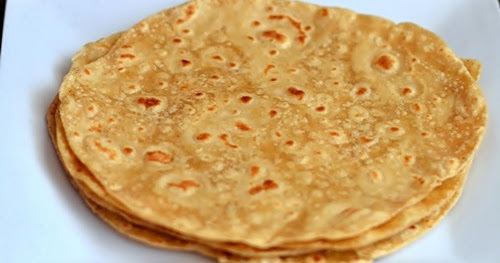 | ||
Similar | ||
How to make chapati or roti cook with anisa indian cooking recipes great with curry
Chapati (alternatively spelled chapatti, chappati, chapathi, or chappathi, and also known as roti and (in the Maldives) roshi is an unleavened flatbread from the Indian Subcontinent; and popular staple in India, Nepal, Bangladesh, Pakistan, and Sri Lanka. It is a common staple in South Asia as well as amongst South Asian expatriates throughout the world. Chapatis were also introduced to other parts of the world by South Asian immigrants, particularly by Indian merchants to Central Asia, Southeast Asia, East Africa and the Caribbean islands.
Contents
- How to make chapati or roti cook with anisa indian cooking recipes great with curry
- Cabbage tomato curry indian curry for chapati puri pulka
- History
- Cooking
- References
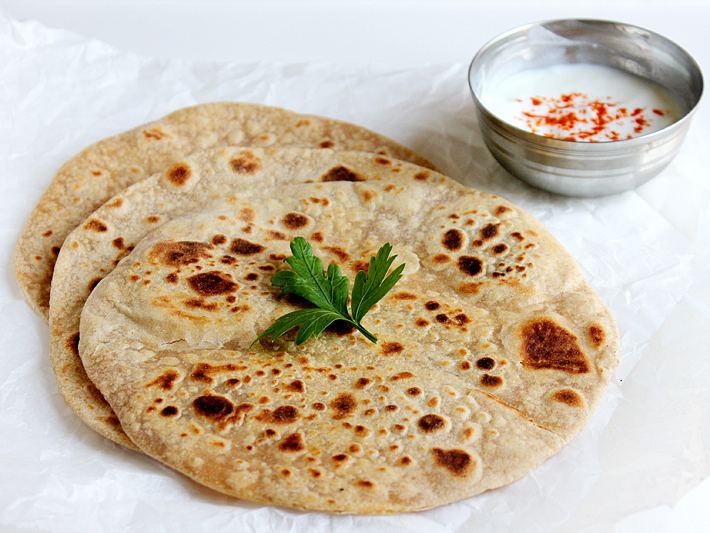
Cabbage tomato curry indian curry for chapati puri pulka
History

The word chapat (Hindi:चपत, chapat) means "flat", which describes the traditional method of forming rounds of thin dough by slapping the dough between the wetted palms of the hands. With each slap, the round of dough is rotated. Chapati is noted in the 16th-century document Ain-i-Akbari by Abu'l-Fazl ibn Mubarak, vizier of Mughal Emperor Akbar.
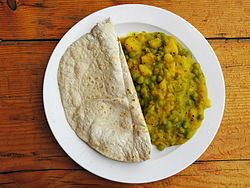
Chapatis are one of the most common forms of wheat bread which is staple food in South Asia. The carbonized wheat grains discovered at the excavations at Mohenjo-Daro are of a similar variety to an endemic species of wheat still to be found in India today. The Indus valley is known to be one of the ancestral lands of cultivated wheat. Chapati is a form of roti or rotta (bread). The words are often used interchangeably. Chapati or rotta is made of whole wheat flour and cooked on a tava (flat skillet).
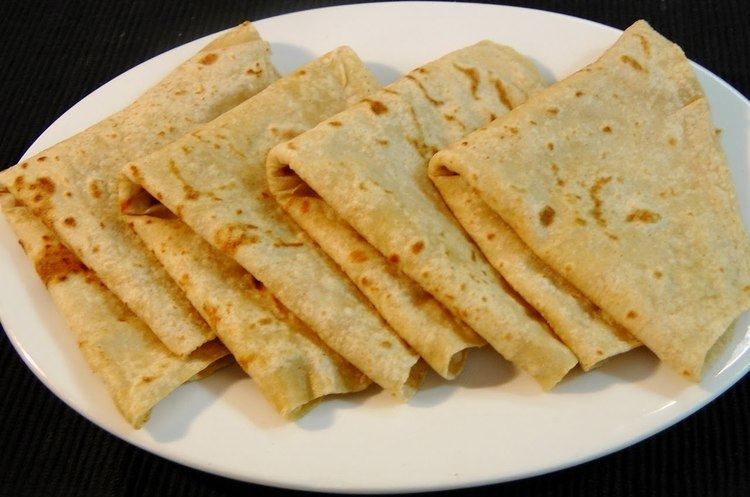
Chapatis, along with rotis were introduced to other parts of the world by South Asian immigrants, particularly by Indian merchants who settled in Central Asia, Southeast Asia, coastal East Africa, and the Caribbean islands.
Cooking
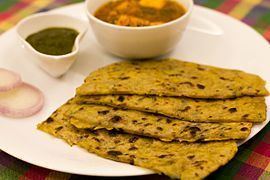
Chapatis are made using a soft dough comprising Atta flour, salt and water. Atta is made from hard Gehun (Indian wheat, or durum). It is more finely ground than most western-style wholewheat flours. Traditionally, roti (and rice) are prepared without salt to provide a bland background for spiced dishes.
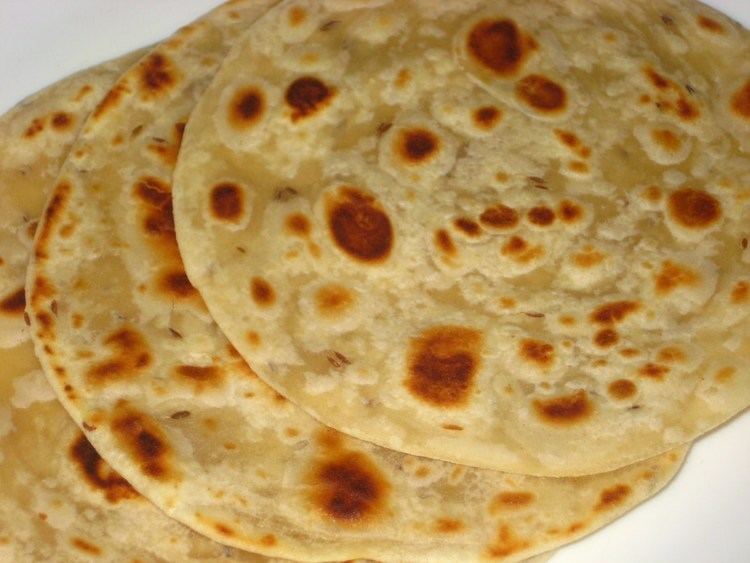
Chapati dough is typically prepared with Atta, salt and water, kneaded with the knuckles of the hand made into a fist and left to prove for at least 10 or 15 minutes to an hour for the gluten in the dough to develop. After proving, the dough becomes softer and more pliable. Small portions of the dough are pinched off and formed into round balls that are pressed between the two palms to form discs which are then dipped into flour and rolled out on a circular rolling board chakla using a rolling pin known as velan or belan into a perfect circle.
The rolled-out dough is then thrown on the preheated dry tava and cooked on both sides. In some regions of South Asia chapatis are only partly cooked on the skillet, and then put directly on a high flame, which makes them blow up like a balloon. The hot air cooks the chapati rapidly from the inside. In some parts of northern India and eastern Pakistan, this is called a phulka. It is also possible to puff up the roti directly on the tava. Once cooked, chapati is often topped with butter or ghee.
Chapati diameter and thickness vary from region to region. Chapatis made in domestic kitchens are usually not larger than 15 centimetres (6 in) to 18 centimetres (7 in) in diameter since the 'tava' on which they are made comes in sizes that fit comfortably on a domestic stove top. Tavas were traditionally made of unglazed earthenware, but are now typically made from metal. The shape of the rolling pin also varies from region to region. Some households simply use a kitchen work top as a sort of pastry board, but homes have round flat-topped 'boards' that may be made of wood or stone and nowadays stainless steel, specifically for rolling out chapatis.
In most parts of South Asia, there is a distinction made between a chapati and other related flat-breads eaten in the region like roti, paratha, kulcha, puri and naan based on cooking technique, texture and use of different types of flours. For example, Parathas are either made layered by spreading with ghee, folding and rolling out again into a disc which turns out flakey once it's cooked or it usually has various types of filling, such as spinach, dal or cooked radish or potato. Parathas are mostly made using all-purpose flour instead of whole wheat flour.
There are many regional varieties of chapati in India.
In the Maldives, chapati are traditionally eaten for breakfast along with a dish known as mas huni.
